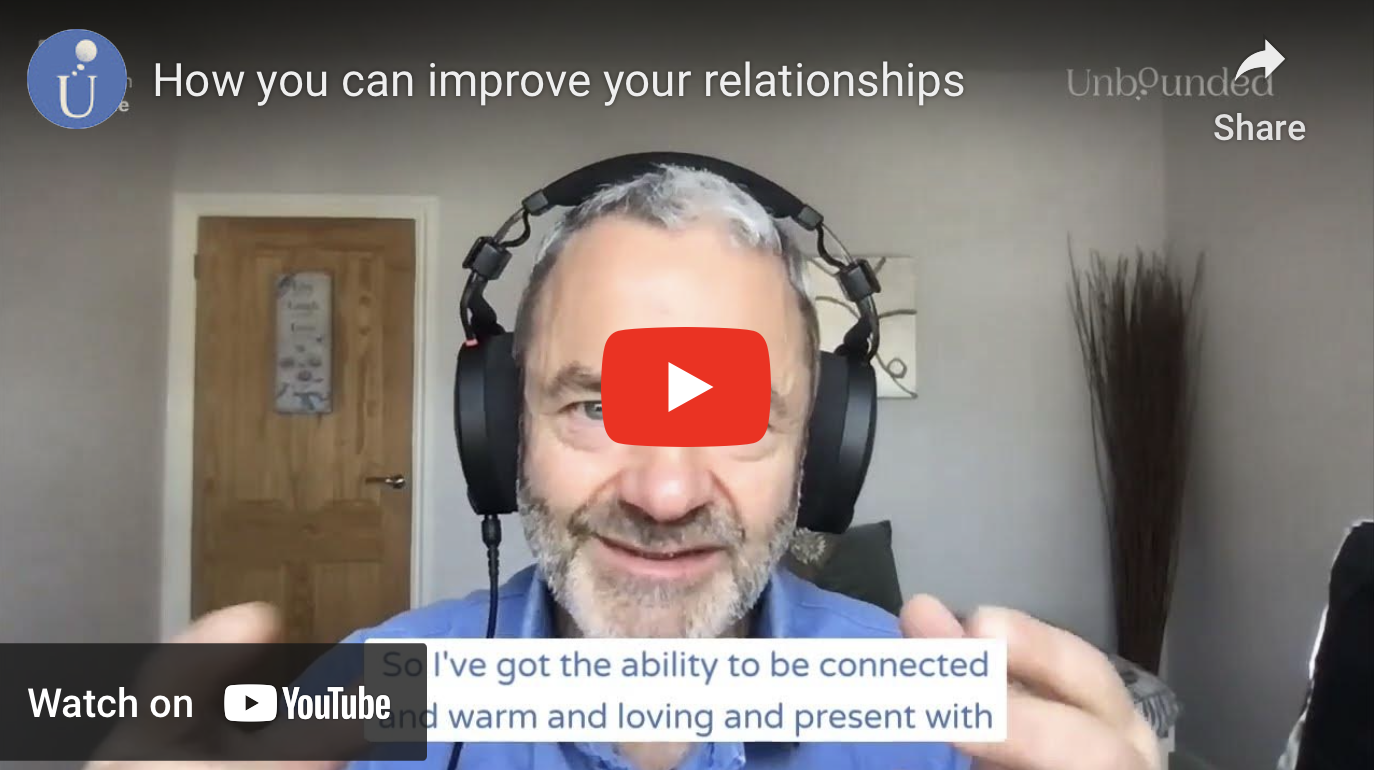Slack can be a ‘slack’ form of communication
Slack, WhatsApp, email, call, or meet?
Choosing the right mechanism for communication is crucial in today's fast-paced world. We often default to quick and brief methods like Slack or WhatsApp, but sometimes, these options may not be the best choice. They can lead to misunderstandings and miscommunication, leaving both parties confused and frustrated. So, how can you decide which communication method is suitable for a given situation?
Consider this scenario: you need to discuss some concerns about finalising the budget and seek opinions on related matters in Sales. You could send a simple message saying, "Do you have time for a call, please?" However, this message lacks context and doesn't explain the purpose behind the call. A better approach would be to provide more information, such as, "I'm struggling with finalising the budget and have some concerns. Additionally, I would like to discuss a couple of related matters in Sales. Would you be open to a call to discuss?" By including this additional context, you enable the recipient to understand the importance of the call and prepare accordingly.
Failing to communicate fully can lead to team problems. Your concise message may come across as abrupt or leave room for interpretation. When communication is short, it forces the receiver to make assumptions and fill in the gaps. This process is often referred to as going up the Inference ladder. In the example above, where you asked for a call, the recipient might start speculating, thinking, "Oh goodness, he's mad at me. He didn't like my work. And I'm still in my probation period." Such assumptions can create unnecessary tension and anxiety within the team.
To avoid such situations, it's important to understand the potential pitfalls of relying solely on fast and short communication methods. While they have their benefits, they may not always be suitable for complex or sensitive conversations. When faced with important discussions, consider whether a call or an in-person meeting would be more appropriate. These methods allow for a richer exchange of ideas, the opportunity to provide detailed explanations, and the chance to read facial expressions and body language.
Ask yourself:
Does this conversation require more than a quick response? Will important details be lost in a brief message? Is the topic sensitive or complex? If the answer to any of these questions is yes, it may be wise to opt for a more personal form of communication.
While Slack, WhatsApp, and other fast communication tools have revolutionised the way we interact, they are not always the best choice. Consider the nature of your message and the impact it may have on the receiver. Take a moment to reflect on whether a call or a face-to-face meeting would be more appropriate. By choosing the right communication mechanism, you can ensure clarity, avoid misunderstandings, and foster stronger relationships within your team.








